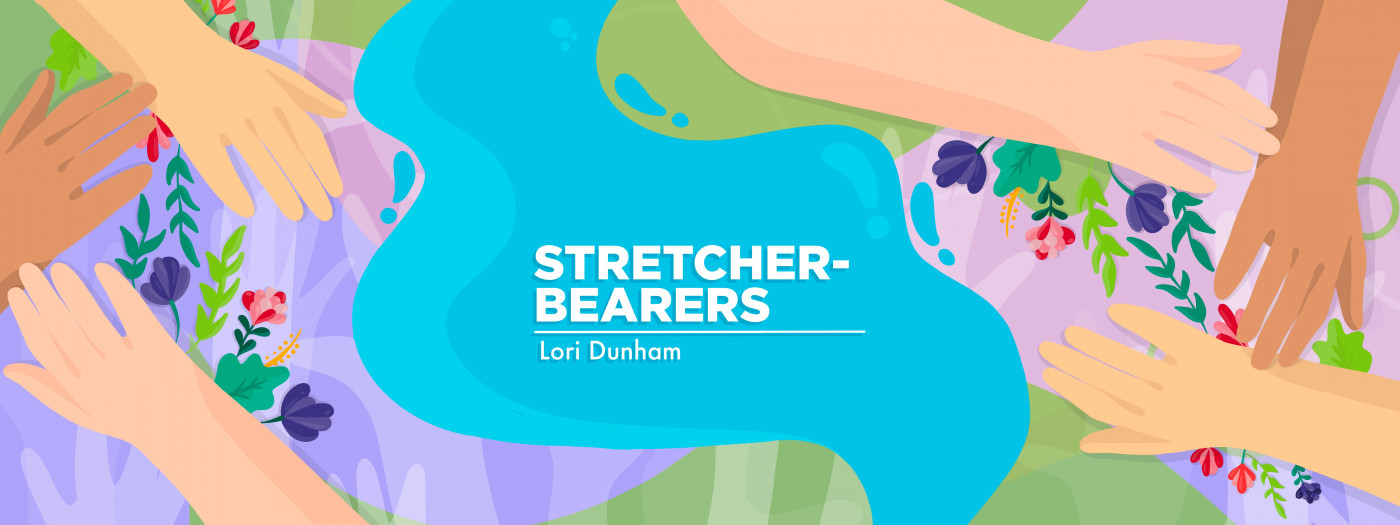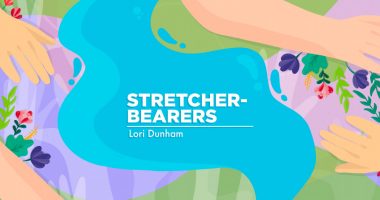Cultivating an Identity Beyond Chronic Illness

When my son was in high school, he had an individual education plan for math. This plan accommodated his need for extra help and time in a subject that didn’t make sense to him. Otherwise, he was a very successful student. He received a perfect score on his language arts state test, and took honors and advanced placement classes.
Yet, our son consistently came home frustrated that his identity at school was wrapped up in his educational weaknesses rather than his strengths. Why couldn’t people look beyond one aspect of his skills and see the whole, beautiful picture?
Now, as I raise a daughter with Lambert-Eaton myasthenic syndrome (LEMS), I am aware of the many things that make up her identity. Like my son’s experience with math, Grace is sometimes seen merely as a child with a rare disease. However, I want her to grow in the knowledge that she is so much more than her LEMS diagnosis. We acknowledge and recognize the whole, beautiful picture that is Grace, rather than just one small aspect of her health.
At first, I was worried her diagnosis would overtake her identity. She is 16 years old and just beginning to figure out who she is, how people see her, and how she should view herself.
For a time, we seemed to live and breathe LEMS. Whether it was organizing our schedules around treatments or scheduling her meds, the condition seemed to dictate our days. It was all we thought or talked about.
But two years after diagnosis, some healthy changes have occurred. LEMS is and will most likely always be a part of Grace. However, it is not the only thing that makes Grace who she is.
Grace is a compassionate and loyal friend. She loves music and writing. She is an artist, dog lover, and horse enthusiast. Grace follows hard after God and finds her truest identity in him.
Yes, LEMS is an important part of her identity. Grace finds comfort in recognizing that, and we must acknowledge it, too. Grace appreciates when her friends want to learn about her disease. She does not hide it, and wants people to understand it. It is part of what makes her unique.
I don’t want to deny that LEMS is part of her story. Rather, I want her identity to encompass all of her, not just one piece.
Some days Grace wants to connect with other LEMS patients. Other times, I can tell she wants to be like all of her friends, able to go and do what they do. She is growing in the knowledge that she has a purpose and a plan in this life, one that encompasses LEMS but goes well beyond the limits of her health.
***
Note: Lambert-Eaton News is strictly a news and information website about the disease. It does not provide medical advice, diagnosis, or treatment. This content is not intended to be a substitute for professional medical advice, diagnosis, or treatment. Always seek the advice of your physician or other qualified health provider with any questions you may have regarding a medical condition. Never disregard professional medical advice or delay in seeking it because of something you have read on this website. The opinions expressed in this column are not those of Lambert-Eaton News or its parent company, BioNews, and are intended to spark discussion about issues pertaining to Lambert-Eaton myasthenia.







Comments